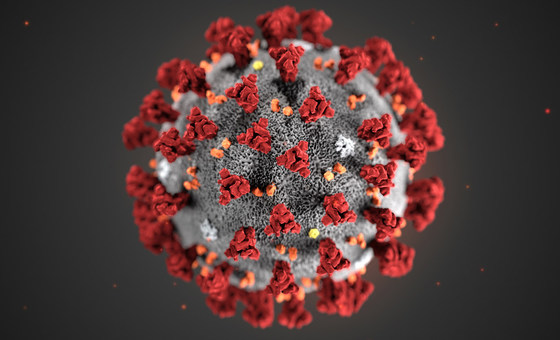Sleep Disturbances Increase Susceptibility to COVID-19
Individuals with preexisting sleep disturbances, including obstructive sleep apnea (OSA), insomnia, and abnormal sleep duration, exhibit significantly increased vulnerability to COVID-19, as well as a higher risk for hospitalization, mortality, and long COVID, according to new data encompassing over 8 million individuals.

A meta-analysis published in eClinicalMedicine, part of The Lancet Discovery Science, identified 48 observational studies involving 8,664,026 adults. The primary outcomes examined were COVID-19 susceptibility, hospitalization, mortality, and long COVID. The presence of preexisting sleep disturbances was associated with significantly increased risks for each of these outcomes, with odds ratios (ORs) of 1.12, 1.25, 1.45, and 1.36, respectively.
Younger adults (under 60) with sleep disturbances had a higher association with increased susceptibility and hospitalization but a lower risk for death compared to older adults (60 and above).
Men with sleep disturbances had a higher risk for COVID-19 mortality than women with sleep disturbances.
OSA was associated with all primary outcomes. Abnormal sleep duration was linked to increased susceptibility, hospitalization, and long COVID. Night shift work was associated with increased susceptibility and hospitalization, while insomnia was linked to long COVID.
Persistent sleep deprivation might promote elevated levels of C-reactive protein and interleukin-6, leading to compromised immune functions and a persistent inflammatory state, potentially explaining the higher risk observed. The study advocates for early intervention in sleep disturbances to mitigate adverse COVID-19 outcomes. Future randomized controlled trials are needed to explore the effects of sleep disturbance interventions on COVID-19 prevention and progression.
Ensitrelvir, an antiviral treatment, showed a numerical reduction in time to symptom resolution compared to placebo and demonstrated antiviral effectiveness and a low occurrence of viral rebound without symptomatic rebounds in either treatment group.
The study involved 2,093 participants, with 1,888 initiating treatment within three days of symptom onset. Ensitrelvir was well-tolerated, with no new safety concerns identified.
Primary Endpoints: Time to sustained resolution of 15 COVID-19 symptoms over 29 days.
Secondary Endpoints: Viral culture negativity by Day 4, no symptomatic viral rebound, and similar adverse event profiles between ensitrelvir and placebo groups.
COVID-19-Related Hospitalizations: Three ensitrelvir-treated and one placebo-treated participant reported hospitalizations, with no deaths occurring.
Veterinary Diagnostic Laboratories’ Role in COVID-19 Response
A study by Cornell University College of Veterinary Medicine highlighted the substantial positive impact of veterinary diagnostic laboratories in the COVID-19 pandemic response, particularly in population-level testing and public health interventions.
Veterinary labs, faced with administrative obstacles like the Clinical Laboratory Improvement Amendment (CLIA) certification, filled critical gaps in SARS-CoV-2 testing capacity. These labs conducted tests for university populations, local communities, and the general public, significantly boosting testing capacity and supporting public health efforts.
Among the 76 surveyed labs, 24 conducted human SARS-CoV-2 testing, testing over 8,250,000 human samples.
Testing Contributions: Some labs conducted a substantial portion of their state’s total tests, with one lab’s daily testing capacity equating to 20% of all daily testing in its state.
These studies underscore the importance of addressing sleep disturbances, evaluating antiviral treatments like ensitrelvir, and leveraging veterinary diagnostic laboratories in pandemic responses to improve health outcomes during COVID-19 and future public health emergencies.

